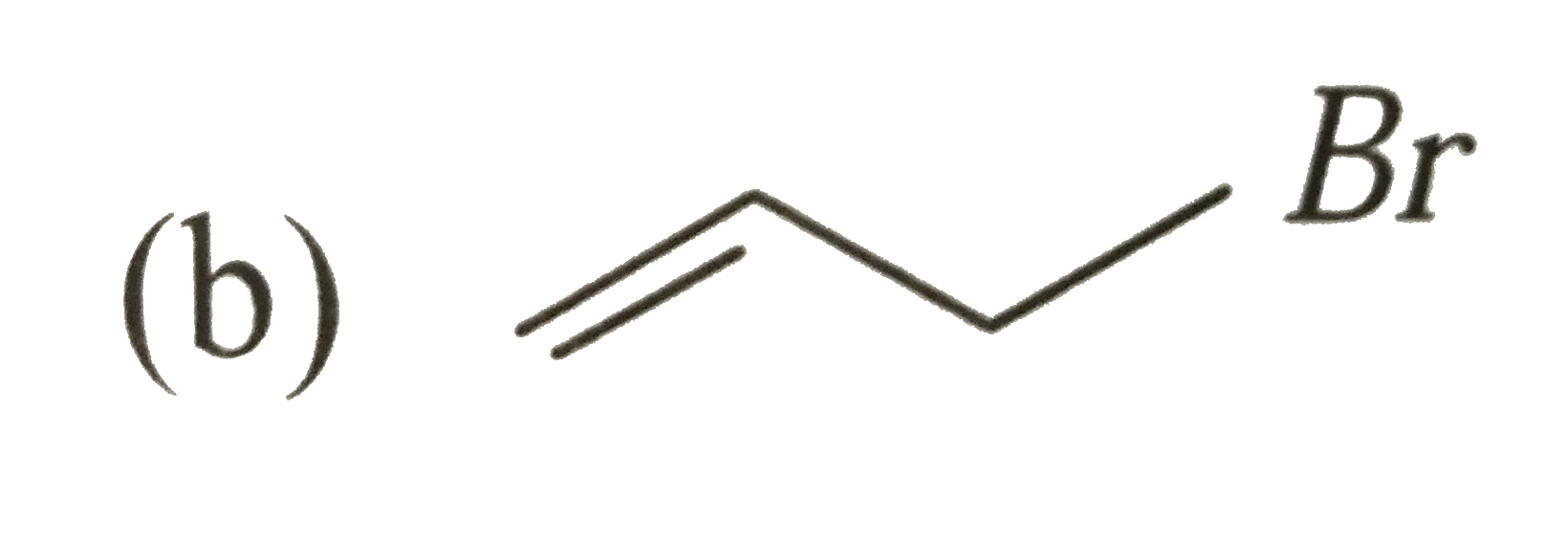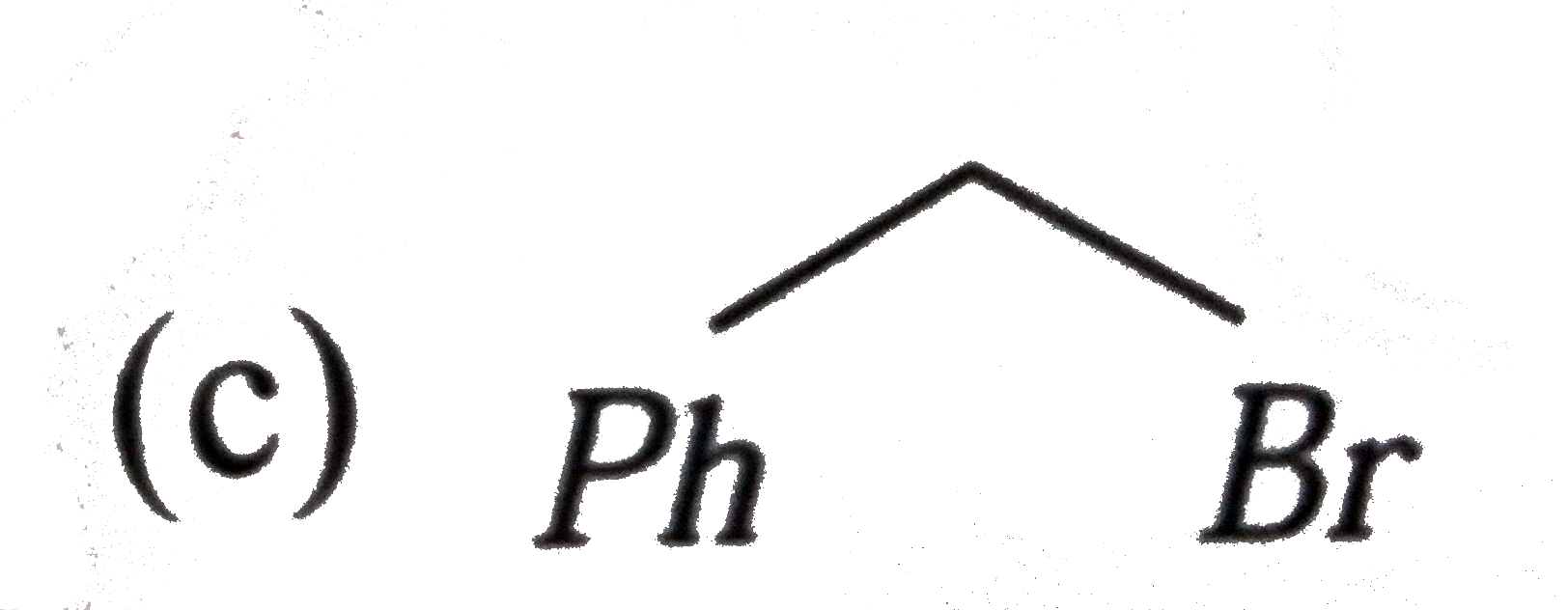How do polar solvents help in the first step in SN1 mechanism ?
The SN1 mechanism proceeds through the formation of carbocation. It involves breaking of C-halogen bond for which energy is obtained through the solvation of halide ion with the proton of the protic solvent. Thus, polar solvents help in ionisation step by stabilizing the ions by solvation.
Topper's Solved these Questions
- HALOALKANES AND HALOARENESBOOK - MODERN PUBLICATIONCHAPTER - HALOALKANES AND HALOARENESEXERCISE - NCERT examplar Problems (Matching Type Questions)
6 Videos
- HALOALKANES AND HALOARENESBOOK - MODERN PUBLICATIONCHAPTER - HALOALKANES AND HALOARENESEXERCISE - NCERT examplar Problems (Assertion and Reason Type Questions)
10 Videos
- HALOALKANES AND HALOARENESBOOK - MODERN PUBLICATIONCHAPTER - HALOALKANES AND HALOARENESEXERCISE - NCERT examplar Problems (Multiple Choice Questions (Type-II))
12 Videos
- EQUILIBRIUMBOOK - MODERN PUBLICATIONCHAPTER - EQUILIBRIUMEXERCISE - Unit Practice Test
13 Videos
- HYDROCARBONSBOOK - MODERN PUBLICATIONCHAPTER - HYDROCARBONSEXERCISE - UNIT PRACTICE TEST
15 Videos
Similar Questions
Knowledge Check
Velocity of the SN2 reaction depends on the concentration of the substrate as well as te nucleophile.
The reaction is favoured by strong Nu..ө, and in the presence of polar aprotic solvent, optically active halides give walden inversion by SN2 mechanism. the presence of hetro group (atom as β−C atom, unsaturation at β−C, and ⎛⎜ ⎜⎝−O∣∣C−⎞⎟ ⎟⎠ Allyl halides also give SN2 mechanism. EDG at ortho-and para-positions in benzyl halides favours SN1 mechanism, whereas EWG favours SN2 mechanism.
Q. Which of the following will give SN2 mechanismAMeBrB C
C DAll of these
DAll of theseVelocity of the SN2 reaction depends on the concentration of the substrate as well as te nucleophile.
The reaction is favoured by strong Nu..ө, and in the presence of polar aprotic solvent, optically active halides give walden inversion by SN2 mechanism. the presence of hetro group (atom as β−C atom, unsaturation at β−C, and ⎛⎜ ⎜⎝−O∣∣C−⎞⎟ ⎟⎠ Allyl halides also give SN2 mechanism. EDG at ortho-and para-positions in benzyl halides favours SN1 mechanism, whereas EWG favours SN2 mechanism.
Q. Which of the following will give Walden inversionAC4H9−CHD−BrB C
C DAll of these
DAll of theseAssertion: SN1 reaction is basically a solvolysis reaction.
Reason: Polar protic solvents help the substrate to ionize and by the way get involved in SN1 reaction.AIf both assertionn and reason are true, and reason is the true explanation of the assertion.BIf both assertion and reason are true, but reason is not the true explanation of the assertion.CIf assertion is true, but reason is false.DIf both assertion and Reason are false.
How would you differentiate between SN1 and SN2 mechanisms of substitution reactions? Give one example of each.
View SolutionConsider the following statements :
(1)Brideherated halides are inert towards both SN1andSN2 reaction till one of the ring size is eoght member ring )
(2) The first step in both SN1 and E1 reactions is the same
(3) SN2 reactions proceed with total retention of configuration
(4) E2 elimination s are by the use of a solvent of low polarity and high concentration of a stromng base
Which of the above statements are correct?
View SolutionConsider the following statements:
Bridgehead halides are inerttowards both SN1andSN2 reactions (till oneofthe ringsize is eight member ring)
(2) The first step in both SN2 and E1 reactions is the same
(3) SN2 reactions proceed with total retention of configuration
(4) E2 eliminations are by the use of a solvent of low polarity and high concentration of a strong base
Which of the above statements are correct?
View SolutionAlkyl halides undergo nucleophilic substitution reactions in which halogen atom is replaced by other atom.
RX+Nu:−→Nu−R+X−
These reactions follow SN1 and SN2 type mechanism, in which SN1 takes place in two steps while SN2 takes place in single step. Due to their tendency to undergo substitution by a large number of nucleophiles, they form a variety of products.
Which of the following is least reactive towards SN2 mechanism ?
View SolutionAlkyl halides undergo nucleophilic substitution reactions in which halogen atom is replaced by other atom.
RX+Nu:−→Nu−R+X−
These reactions follow SN1 and SN2 type mechanism, in which SN1 takes place in two steps while SN2 takes place in single step. Due to their tendency to undergo substitution by a large number of nucleophiles, they form a variety of products.
Which of the following is least reactive towards SN2 mechanism ?
View Solution
